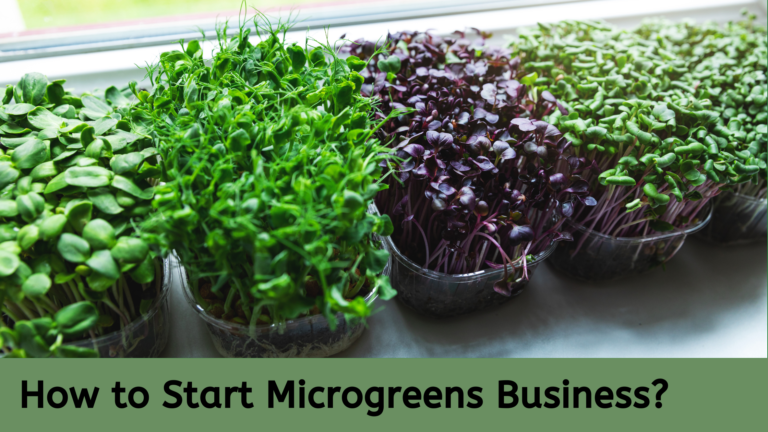How to Start a Small Homemade Jam and Jelly Business From Your Farm
In recent years, there has been a growing demand for artisanal and homemade food products, creating an excellent opportunity for entrepreneurs to start their own small homemade jelly and jam businesses.
This article will guide you through the essential steps to start your own homemade jam and jelly business.
Planning Your Business
Before diving into production, it’s crucial to lay a solid foundation for your business:
- Market research: Analyze your local market to understand consumer preferences, identify potential competitors, and spot gaps in the market that your products could fill.
- Define your unique selling proposition (USP): What makes your jelly and jam special? Perhaps you use rare fruits, create unique flavor combinations, or focus on sugar-free options.
- Create a business plan: Outline your business structure, financial projections, marketing strategies, and growth plans. This document will be invaluable for guiding your decisions and attracting potential investors.
Legal Requirements
Ensuring your business complies with all regulations is crucial:
- Register your business: Choose a business structure (e.g., sole proprietorship, LLC) and register with your local authorities.
- Obtain licenses and permits: This may include a business license, food handler’s permit, and kitchen inspection certification.
- Understand food safety regulations: Familiarize yourself with local and federal food safety laws, including proper labeling requirements.
Setting Up Your Production Space
Deciding where to produce your jams and jellies is a critical step:
- Home-based vs. commercial kitchen: Starting from home can reduce initial costs, but ensure your kitchen meets all health department requirements. As you grow, consider renting a commercial kitchen space.
- Essential equipment: Invest in high-quality pots, thermometers, pH meters, and canning equipment. Don’t forget about storage solutions for your finished products.
Sourcing Ingredients
The quality of your ingredients will directly impact the taste of your products:
- Find reliable suppliers: Build relationships with local farmers or research wholesale suppliers for fruits, sugar, and pectin.
- Local vs. wholesale: While local ingredients can be a selling point, wholesale options might be more cost-effective. Balance quality and cost based on your business model.
- Organic vs. conventional: Decide if offering organic products aligns with your brand and target market, keeping in mind the higher costs associated with organic ingredients.
Developing Your Product Line
Creating standout products is key to your success:
- Create and test recipes: Experiment with different flavor combinations and perfect your recipes. Consider seasonal offerings to keep your line fresh and exciting.
- Packaging and labeling: Design attractive, functional packaging that reflects your brand. Ensure labels comply with food labeling laws and clearly communicate your product’s benefits.
- Pricing strategies: Calculate your costs (ingredients, labor, overhead) and research competitor pricing to set prices that are both competitive and profitable.
Marketing and Sales
Getting your products in front of customers is crucial:
- Build a brand identity: Develop a cohesive brand story, logo, and visual identity that resonates with your target audience.
- Online presence: Create a website and utilize social media platforms to showcase your products, share recipes, and engage with customers.
- Sales channels: Start by selling at farmers markets and local stores. As you grow, explore online platforms and consider wholesale opportunities.
More Business Ideas
Ultimate Guide to Starting a Farm-Based Bed and Breakfast Business
12 Best Side Hustles for farmers to Boost Your Income from your Farm
Scaling Your Business
As your business grows, consider these steps:
- Expand production capacity: Invest in more efficient equipment or move to a larger production space.
- Hire employees: As demand increases, you may need to bring on additional help for production, packaging, or sales.
- Explore new distribution channels: Look into regional or national distribution, or consider partnering with specialty food retailers.
Ultimate Guide to Starting a Farm-Based Bed and Breakfast Business
Financial Management
Keeping a close eye on your finances is critical for long-term success:
- Track expenses and revenue: Use accounting software to monitor your financial health and make informed decisions.
- Manage cash flow: Plan for seasonal fluctuations and maintain a cash reserve for unexpected expenses.
- Funding options: If needed, explore small business loans, grants, or consider crowdfunding for expansion.
Conclusion
Starting a small jelly and jam business can be a rewarding venture for food enthusiasts with an entrepreneurial spirit. By carefully planning each aspect of your business, from recipe development to marketing and sales, you can create a thriving enterprise that brings the joy of homemade preserves to your community and beyond. Remember, success often comes from a combination of passion, persistence, and adaptability. So, roll up your sleeves, start stirring that pot, and watch your jelly and jam business grow!






